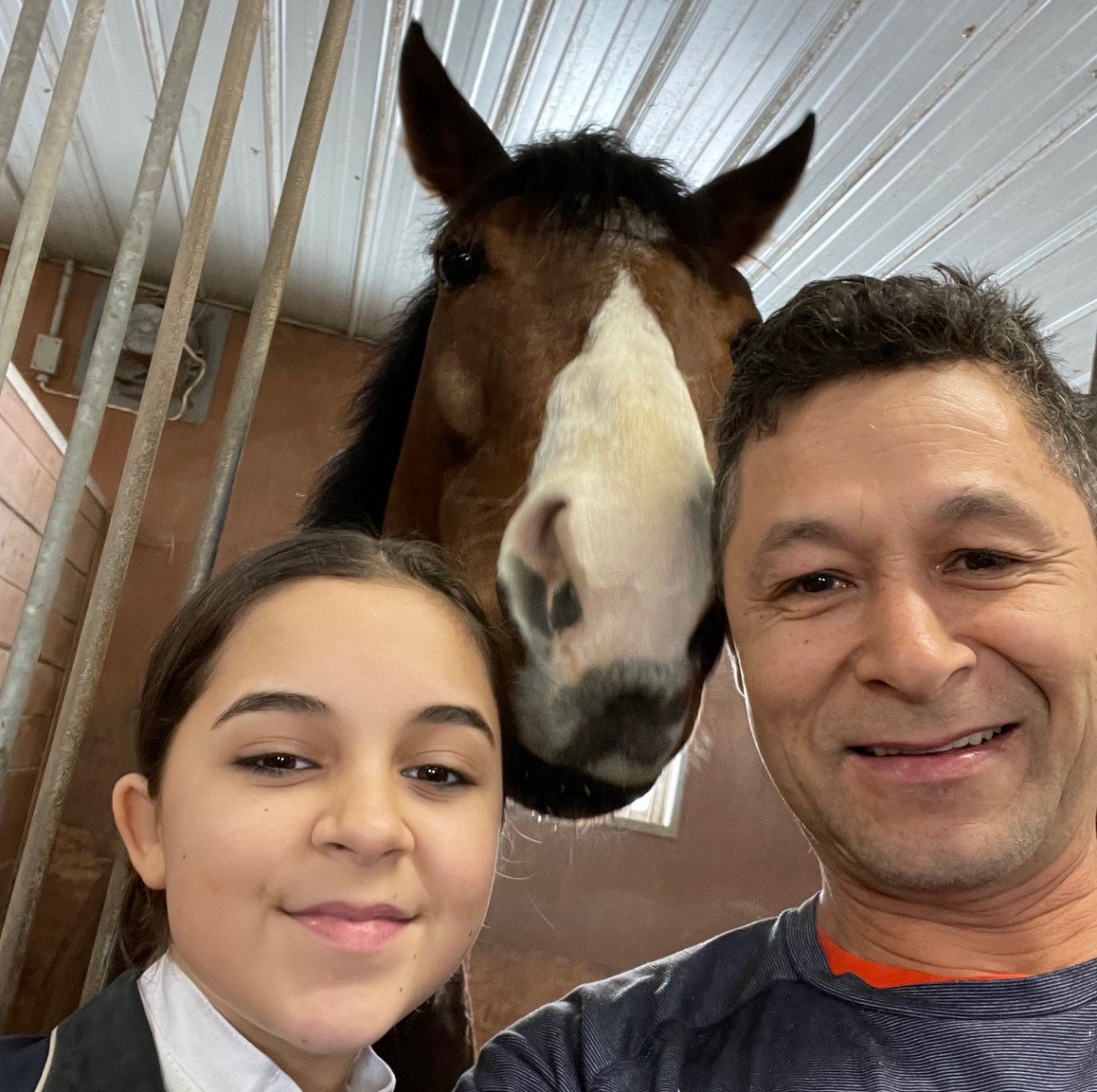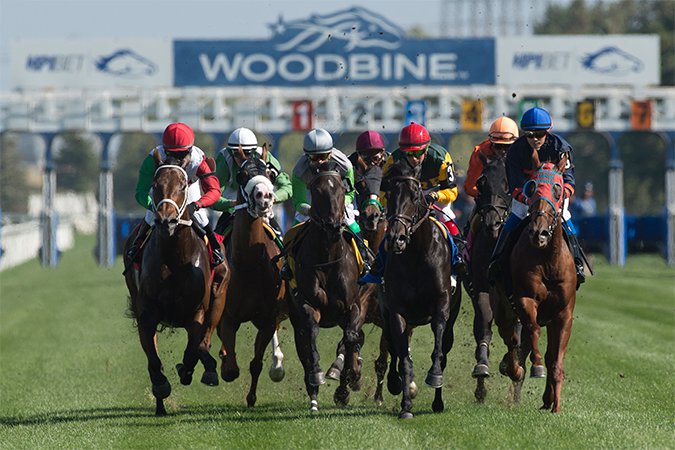TORONTO, May 22, 2019 –The Toronto Star recently published a series of opinion pieces called The Big Debate on the topic “Are race horses being put in danger?”
Dr. Larry Bramlage is an internationally recognized and decorated equine orthopedic surgeon in Kentucky who wrote about why horse racing is safe and that race horses are not being put in danger. His views are below.
Does the racing of horses carelessly force them into a danger zone? No. Horses love to run and compete. They do it naturally.
From the day they are born thoroughbreds run in fields. When the foals are weaned and grouped, they race each other naturally, to see who is better at what they do best. It is what they love to do. It is what they are bred to do. It’s the whole reason they exist. As they grow and develop, they move up the performance ladder, like a hockey player does. The best ones achieve the high-profile racing venues.
Spend a day on a breeding farm and you will see mares, foals and yearlings getting daily attention to their every need. Spend a morning in the barn area at the track and you will see horses receiving specialized care from passionate horse-loving people, who spend long hours each day grooming their horses, preparing their stalls, and feeding them treats. All of this is to enable them to do what they love to do and do it impeccably.
Undeniable passion for the well-being of horses permeates throughout the industry as well as the public. It’s this passion that led to significant safety improvements long before the publicity the industry has faced recently.
In 2006, the first annual Safety and Welfare Summit was held, and it has consistently led to safety innovations, such as the Equine Injury Database. Developed by The Jockey Club, the EID records data for research directed at improving safety and preventing injuries. Since they started collecting data for North America, there has been a 16 per cent drop in injury rates across all surfaces, an 11 per cent drop on dirt, a 38 per cent drop on turf, and a 17 per cent drop on synthetic surfaces.
A couple of years later, the Safety and Integrity Alliance was launched, which focuses on everything from injury reporting and prevention to safety equipment to medication and testing to aftercare for horses.
Some other important changes include progress toward uniformed medication rules and testing standards, race cancellation policies for inclement weather and consistent management of racing surfaces aimed at limiting injuries.
The industry is always looking for ways to improve safety. Woodbine Racetrack in Toronto has a good story to tell. It is one of the operators that has worked with its regulators to ban race day medications (other than the commissioned use of Lasix). Woodbine has been accredited by the Safety and Integrity Alliance since 2010.
They have invested millions of dollars in the statistically safest surfaces in horse racing: synthetic and turf. This has resulted in one of the lowest rates of catastrophic injuries of any track in North America. In 2018, the combined average for Woodbine’s all-weather (synthetic) Tapeta track and turf course was less than 1/10th of 1 per cent of race day starters, almost half of the North American 17/100th of 1 per cent injury rate.
All these changes and investments by industry stakeholders have made racing even safer for horses.
In the recent Preakness Stakes in Baltimore a horse lost its rider at the start of the race. He didn’t turn and go to the barn. He raced with his fellow competitors, beating a couple of them to the finish line.
Horse racing is also a highly competitive sport and when you’re dealing with any type of high-performance athlete, there are going to be injuries. What’s most important is that the industry has the safety measures and protocols in place, as well as the endless commitment to be safer tomorrow than we are today. The Grayson-Jockey Club Research Foundation spends over $1 million a year researching horse health, much of it going toward injury prevention.
I have performed surgeries on thoroughbreds for 40 years, due to injuries that happen in competition and in the field. I can say with the highest degree of confidence that we’re not forcing racehorses into danger at the track, we are simply privileged to be participating in something they absolutely love to do.
But in exchange for that privilege, we all carry the responsibility of making it as safe as possible for them when we watch. The industry accepts that responsibility and makes it the highest of priorities. Woodbine is a good example of the stewardship of that accountability.
About Dr. Larry Bramlage:
Dr. Larry Bramlage has dedicated his life to ensuring the health and safety of horses and has won several awards of the highest honour in his field, including the Jockey Club Gold Medal for Contributions to Thoroughbred Racing. Additionally, Dr. Bramlage is a member of the American Veterinary Medical Association, Kansas Veterinary Medical Association, Kentucky Veterinary Medicine Association, and the past president of the American College of Veterinary Surgeons and the American Association of Equine Practitioners.









